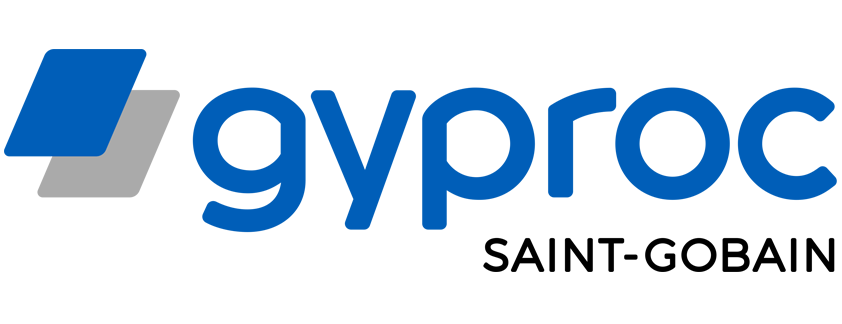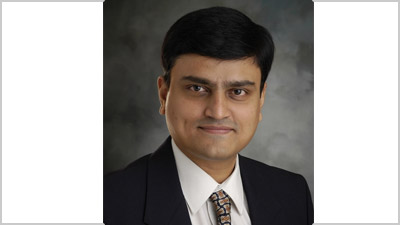
- Homeowners
- Professionals
- Products
- Back
- PlasterBoards
- Metal Framing & Accessories
- Jointing and Finishing
- Gypsum Plasters
- Ceiling Tiles
By material Type
By Category
- Resources
- About
- Careers
- FAQ's

Since the pandemic has struck, health and safety has become a primary concern for everyone. At our core, our business model remains the same, but we’ve definitely implemented changes in the way we operate. The health and safety of our employees, as well as our customers, is one of our top priorities. Each and every employee of the organization is provided with a safety kit which has essentials like masks, face-shields, sanitizers, PPEs etc. Once we opened up our plants stringent health and safety protocols were implemented, from health checks to social distancing norms, keeping in mind the health of our frontline workers. Our leadership team continuously monitors this, on a regular basis. Alongside this, our Home Solution partners were educated and a checklist is mandatorily followed whenever they go for customer meetings. Simultaneously, as a part of our CSR program we also conducted awareness programs, distribution of safety kits, conducting tests etc. to ensure the communities in the areas we operate are also safe. This continuous process of education and implementation significantly improved the trust of our customers on brand Gyproc.
On the business front, our business model and long-term strategy will not change fundamentally, however, we are seeing opportunities in sectors which are either in need of revamping their infrastructure or looking to expand their infrastructure. For example, the pandemic brought to light the many drawbacks of infrastructure in key public sectors like healthcare and hospitality. These sectors are looking for solutions that allow faster construction time, lower labour costs, flexible and sustainable material. Other sectors like ecommerce, which have seen a growth spurt during the pandemic are looking to expand their warehouse capacities across different cities to be able to cater to the growing demand, especially in Tier 2 & 3 markets. Finally, we also expect the government to invest in construction, infrastructure as the Make in India program expands, and we see many more multinational and global companies coming to India to set up operations. All of these present great opportunity for us as we move forward.
The pandemic has struck at a time when the economy was already at a downturn. According to an RBI survey, the aviation, automobiles, construction, MSME, and tourism & hospitality sectors are likely to be hit the hardest, with effects continuing for the next 3-5 years. The impact of this goes further to affect investments in capital markets and real estate, and on the ongoing household saving pattern. Given this, the E&C sectors will not just be managing project completion timelines, but also sudden infrastructure requirements, public sentiments, labour constraints, logistical imbalances and working capital availability.
At the initial stage, the focus of the E&C sector will obviously be on completion of existing and pending projects. However, there will also be a far stronger focus on strategic interventions that address the health and socio-economic impact of COVID-19 in the short-term. According to industry experts, there is an urgent need to ramp up healthcare infrastructure and hence modern, lightweight construction technologies will be required to be deployed. For instance, we recently completed the conversion of a normal hospital to a COVID hospital in Surat. The project involved 52000 sq. ft. of construction over 8 floors and 600 beds for COVID patients, which was completed in 17 days. Our solutions like drywalls perfectly fit the bill for such projects as they are lightweight yet robust, faster to construct, require less labour and is environment friendly.
In the long-term, there will be greater integration of technology and digital experiences in construction and infrastructure, right from planning & design to building and maintenance. Besides this, trends like affordable residential housing will gain considerable traction in the as people get anxious about owning a safe abode, post the COVID -19 lockdown. There will be a dire need for co-operative and flexible spaces that support a greener and sustainable way of living along with being accommodative. Overall, the industry will see a shift change in how infrastructure is relooked at- right from city planning to individual projects.
Saint-Gobain Gyproc has been a pioneer in introducing lightweight construction practices in the Indian building material industry. In fact, Gyproc enjoys a top of mind recall in the minds of customers when they think of ceiling, drywall partition and plastering as it offers the widest and complete range of plasterboards, ceiling tiles, metal framing and accessories, plasters. However, India is still a nascent market for us and the penetration of gypsum-based materials in construction is quite low. Our constant endeavor will be to grow the market through brand and marketing communications, new products tailor-made for the Indian market, increased distribution footprint, while simultaneously working with influencers and policy makers to drive rapid adoption of gypsum-based products.
As a Group, we also focus on encouraging sustainability and playing a role in reducing carbon footprint. Sustainability is a way of life for us and we constantly push the boundaries with innovations. For example, our plasterboards are EPD verified which represents the highest standard of sustainability. In addition to that, our portfolio is also GreenPro certified. We are committed to sustainability and regularly drive the environmental agenda through thought leadership in collaboration with Green Building Councils of India. We play an active role in policy making and also contribute towards the development of building standards and norms in the country.
Since the opening up of markets, we have been taking incremental steps to ensure a steady rebound. Our focus right now is on completing projects that were put on hold due to the pandemic and working with the governments across different states to meet urgent infrastructure requirements they might have currently. As the sector gets back to normalcy and business resumes full-scale, we expect demand to go back to pre-Covid levels. Hence, we are also investing in expanding our capacity and manufacturing footprint locally with our new plants.
We are also focusing heavily on our R&D capabilities in order to design solutions that cater to the current market requirements. At the moment our R&D center is focused on developing solutions ideal for a hot and humid climatic conditions and new innovations in metal frames, seismic ceilings and exterior solutions. As a company we are among the Top 100 in the number of patents and innovations we have.
The pandemic has led to some paradigm shifts in consumer trends with respect to the residential and work spaces demands. Safety has of course become a top priority and we expect this to translate in increased demand for ‘smart homes’ and ‘smart offices’. Automation, contactless technologies, digital and remote communication etc. will become a standard norm in residential and office spaces. There will also be an increased demand for more open and green spaces within the building compounds. With working dynamics changing post pandemic, consumers will look for larger, multi-functional homes that will enable flexibility in converting rooms to office, gym, recreational spaces whenever required.
We are well placed to cater to the changing trends and demands of consumers. From technology-driven solutions to sustainable construction methodologies, we are able to offer the versatility and customizations that consumers of today expect. Our products like drywalls and false-ceilings allow easy installation, low construction cost and provide good acoustic and fire insulation benefits, flexibility in design, are aesthetically appealing and offer multiple shapes and finishing options. We are able to provide a complete eco-system to consumers looking for their dream homes and safe & secure commercial spaces.